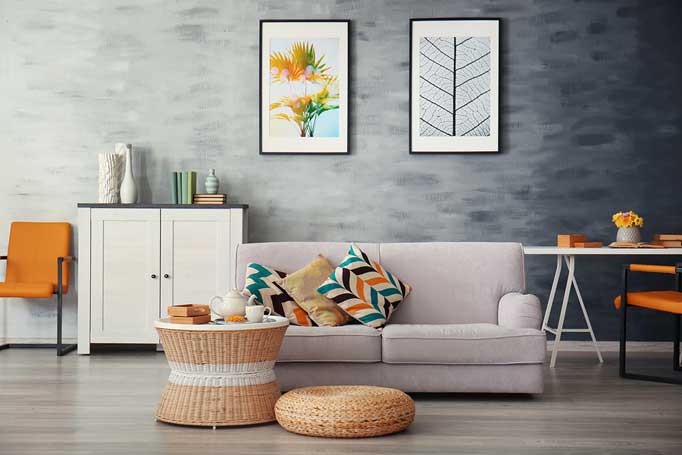
Rental property tax deductions can be confusing so we thought we would expel a few myths and clarify a few essentials when it comes to claiming your property expenses.
Often, a rental property is expensive to maintain, especially if you have gaps between tenants. However, provided you purchased a solid property in a good or progressive suburb, it generally serves as a good long term investment for your future. Plus, rental property tax deductions can be a good way to boost your tax refund.
Another plus is – for the meantime at least – if your interest payments and expenses on your investment property are greater than the income you receive from tenants, you claim that loss as a rental property tax deduction each year.
When your outgoings on your rental property amount to more than your income, your property is negatively geared for tax purposes.
Rental property tax deductions – a few things to remember
Tax deductions offsetting the costs of your rental property can’t always be claimed in the same tax year, or in full. Sometimes they can’t be claimed until you sell the property.
It’s worth becoming familiar with what you can and can’t claim to make tax time simpler AND to keep yourself out of trouble with the ATO.
So here are a few important points to remember:
Borrowing expenses
When you first purchase your rental property, you claim your borrowing expenses as rental property tax deductions but claim the cost over the course of 5 years.
Depreciation
The cost to replace a capital item (dishwashers etc.) over $300 is spread across the item’s “effective life”. In other words, the amount of time the ATO considers an item usable. The worth of the item diminishes over time. This is known as depreciation.
Did you buy it yourself?
You can only claim depreciation on items that you purchased yourself. You can’t claim depreciation on any item already installed when you purchased the property.
Less than $300
Capital Item purchases below $300 each, such as a ceiling fan or a bathroom mirror can be claimed in full in the same tax year.
Low value pool
If you have made a few inexpensive purchases, it’s advisable to put them into what’s called a low value pool. The items should amount to less than $1000 between them to be eligible.
Claimed over time
The cost of renovations and capital works (eg. a new roof) is claimed over 40 years at 2.5% of the total cost per year.
Initial repairs
You cannot claim as a standard tax deduction the cost of any initial repairs or improvements made to a property after purchase but prior to renting it to a tenant. Instead, these costs are classed as capital works and claimed at 2.5% per year over 40 years.
Available for rent
It’s important to note that you only claim rental property tax deductions for the period of the year that the property was tenanted or actively advertised as available for rent.
Less than market rate
If you rent out a property to friends or relatives at a rate that is lower that the market rate, you must apportion your expenses in the same ratio. For example: If market rate is $400 weekly and you rent your property to a friend for $200 a week, all expenses are claimed at 50%, since that is the ratio between actual rent and market rent.
Joint ownership
If you share ownership of a property you each claim a share of the rental property tax deductions on your return. If you own 50% of the property, you claim 50% of the related expenses.
Understand when and how to claim common rental expenses
Claim these expenses in the same tax year that you paid for them:
- Advertising fees
- Management fee
- Quantity surveyor fees
- Body corporate fees
- Council rates
- Water rates
- Gas and electricity bills
- Land tax
- Insurance
- Interest on loans
- Property maintenance
- Property repairs
- Garden maintenance
- Pool maintenance
- Servicing costs
- Cleaning
- Pest control
- Stationery
- Postage
- Telephone calls
- Internet access
- Bookkeeping costs
- Tax agent and accounting fees
- Some legal expenses (i.e. related to evicting tenants)
Claim these expenses over time. Your tax agent will explain how much and over how many years.
- Stamp duty on loans
- Loan set up fees
- Fees for title searches
- Solicitor fees related to loans
- Broker fees
- Valuation fees
- Mortgage insurance
- Depreciation of capital items over $300 (washing machines etc.) only if purchased by you
- Capital Works (improvements or additions to the property – kitchen renovation, new gazebo etc.)
Claim these amounts when you sell the property:
- Sale and purchase amounts (as per Settlement Statements)
- Legal costs for purchase and sale (including property stamp duty)
- Building inspections (prior to purchase)
- Building additions since purchase
- Initial repairs
Is it capital works, maintenance or a repair?
As long as costs relate to ongoing maintenance, the property is rented or available for rent, you claim the cost of repairs and maintenance in the same tax year. However, renovation or improvement costs (capital works) need to be claimed for over time. Confusion in this area is common so here are a couple of key points to remember when it comes to claiming deductions.
So what is the difference?
Repairs Example: Fix a broken kitchen cupboard = Claim straight away
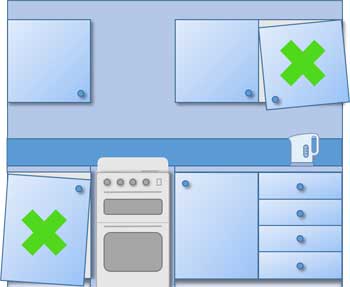
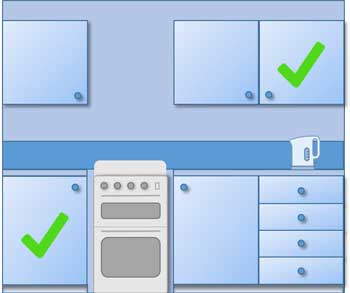
Maintenance example: Putting fresh paint on an outside wall or mowing the lawn = Claim straight away
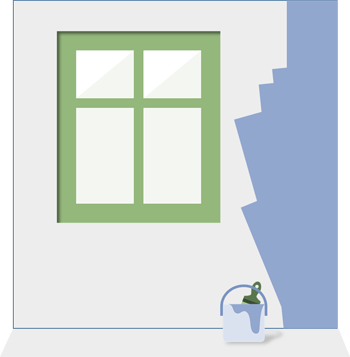
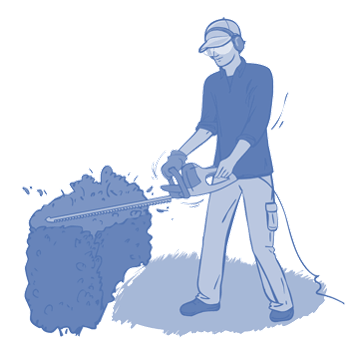
Capital Works example: Install a new kitchen = Claim over time
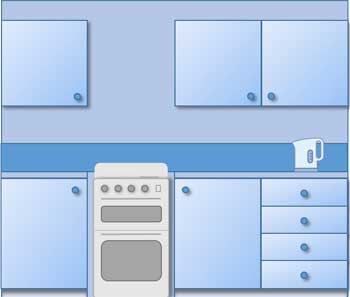
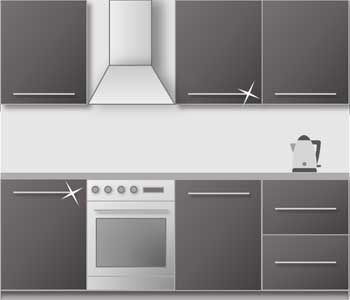
Q: What rental property expenses cannot be claimed?
You can’t claim any rental property expenses if you can’t prove the claim with a receipt or bank statement.
So remember: ALWAYS keep ALL of your expense receipts and EVERY document relating to income and expenditure for your rental property. This includes everything from interest payments and insurance costs right through to lawn mowing and water bills.
Please Note: This article and the information contained within is general in nature. We suggest speaking to a qualified tax agent for specific advice suited your own situation and expenses.




